Anime Fighters Are Not Easy to Play, and That's Alright
So last week I reviewed an anime show as per usual, and this week I started binging on Tekken 7 again. I think this is a good time to talk about anime fighters.
If you read this blog regularly, then you can probably think of one or two titles off the top of your head: Persona 4 Arena Ultimax, Under Night In-birth Exe:Late, some of the Touhou series, Marvel vs. Capcom, BlazBlue, Skullgirls and Guilty Gear are among the more prolific ones, even though there are hundreds of titles in the genre. For most of these titles, you can expect a varied cast of colorful characters, each with their own special moveset, and a fairly in-depth fighting system with multiple nuances, mechanics and moving parts in general. Compared to Western fighting games such as Injustice and Mortal Kombat, anime fighters place more emphasis on balancing resources, setting up combos, and executing even the most mundane of moves in flashy, colorful, stylistic fashion.
And while fighting games are fairly well-known for being easy to “pick up and play” once the basic controls are explained, they are also notorious for having very high skill ceilings. Consistently executing optimal combos for each character, learning how to block and punish attacks ideally, and mastering the game’s mechanics on a general level, is not easy to accomplish. As a regular player of fighters myself, I can tell you that, although I’ve sunk hundreds of hours into MKX, Tekken 7 and a little bit of Street Fighter IV, I’m still an awful player.
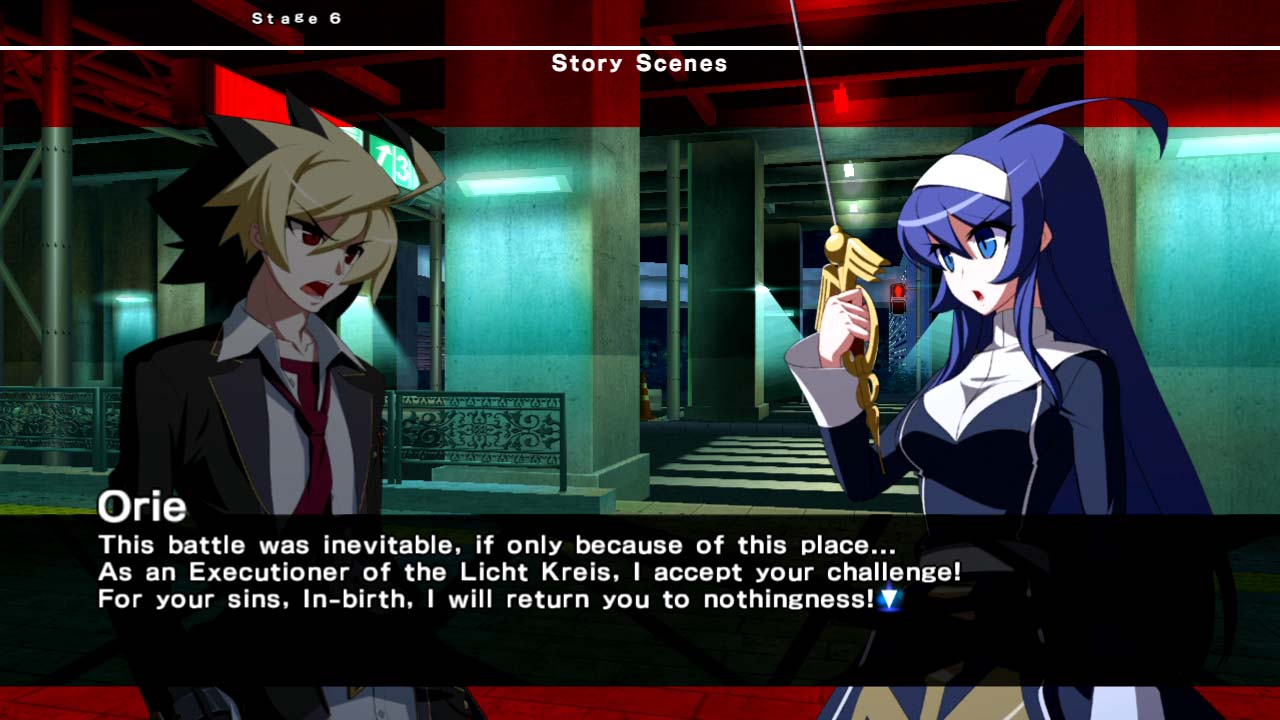
Not quite as bad as this dialogue, but still pretty bad.
But there’s something about anime fighters that make the barrier to entry particularly high, and I don’t necessarily mean in terms of online play. Rather, this subgenre of fighters can be difficult to get into from a purely gameplay standpoint, and today I want to talk about why that is the case, and why that isn’t necessarily a bad thing.
On the base level, fighters are not hard to grasp: each button gets your character to attack, some attacks take longer to execute than others, and your opponent typically has to block them in certain ways if they want to avoid the damage. Characters also have throws to break the guards of constantly on-guard opponents, and in many games players will accrue some sort of resource to expend on enhanced special moves or ultimate abilities.
So far, so simple.
However, as can be stated for just about any other game, high level players go further. Instead of just watching for an opening in their opponent’s attacks, they memorize exactly how long that opening is and respond with an appropriate counterattack. When they predict that they will be thrown, they readily hammer the button that will allow them to break free. Instead of merely marching towards or away from an enemy, they instead input a quick succession of commands to get their character to quickly take up a position on the battlefield.
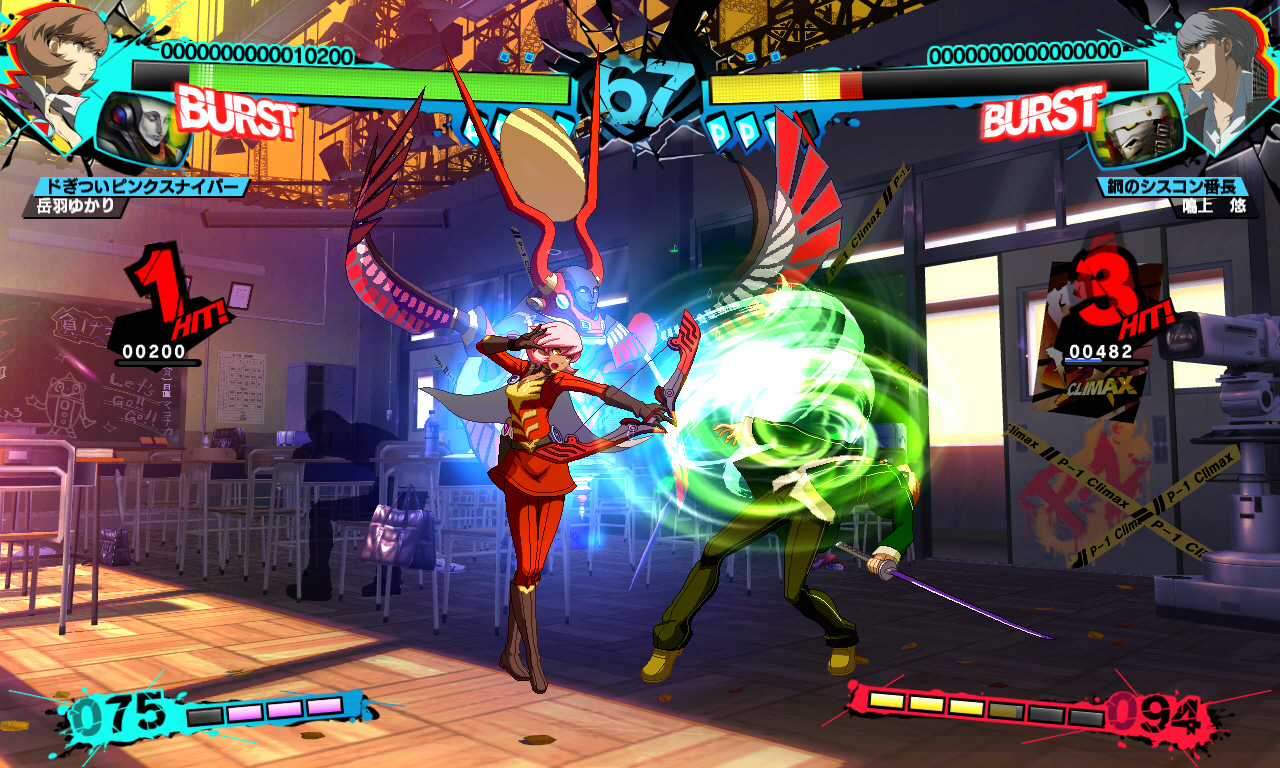
Even if nobody is technically on the field.
If you’ve watched high-level fighter gameplay, whether it be from the recently concluded EVO tournaments or a professional streamer on Twitch or the VOD replays on a game’s official YouTube channel, you have a pretty good idea of what I’m talking about. Players are always concerned with being in the right position, correctly predicting their opponent’s moves (sometimes in the span of one-twentieth of a second), and landing long, extensive combos designed to deal as much damage as possible before the opponent can get back up.
This is the first skill hurdle in mastering fighting games: they constantly flex all parts of the player’s brain simultaneously. They require very fast decision making, fairly intense memorization, composure, and a good feel for the opponent’s play style. Neglecting any one of these components can lead to the player making suboptimal plays and consequently losing the match.
Although this isn’t always the case - from my experience, titles like Street Fighter V and the Super Smash Bros. series are far more forgiving to players who like to “button mash” without regard to the finer aspects of the game (cancels, frame data and so on) - there is one class of fighter that seems to have such a large number of mechanics and nuances that restrict players from advancing in the game skillwise until they’ve read through an entire Wiki website explaining everything. Hell, even just spectating matches I regularly had to pause the feed to look up what was happening on screen.
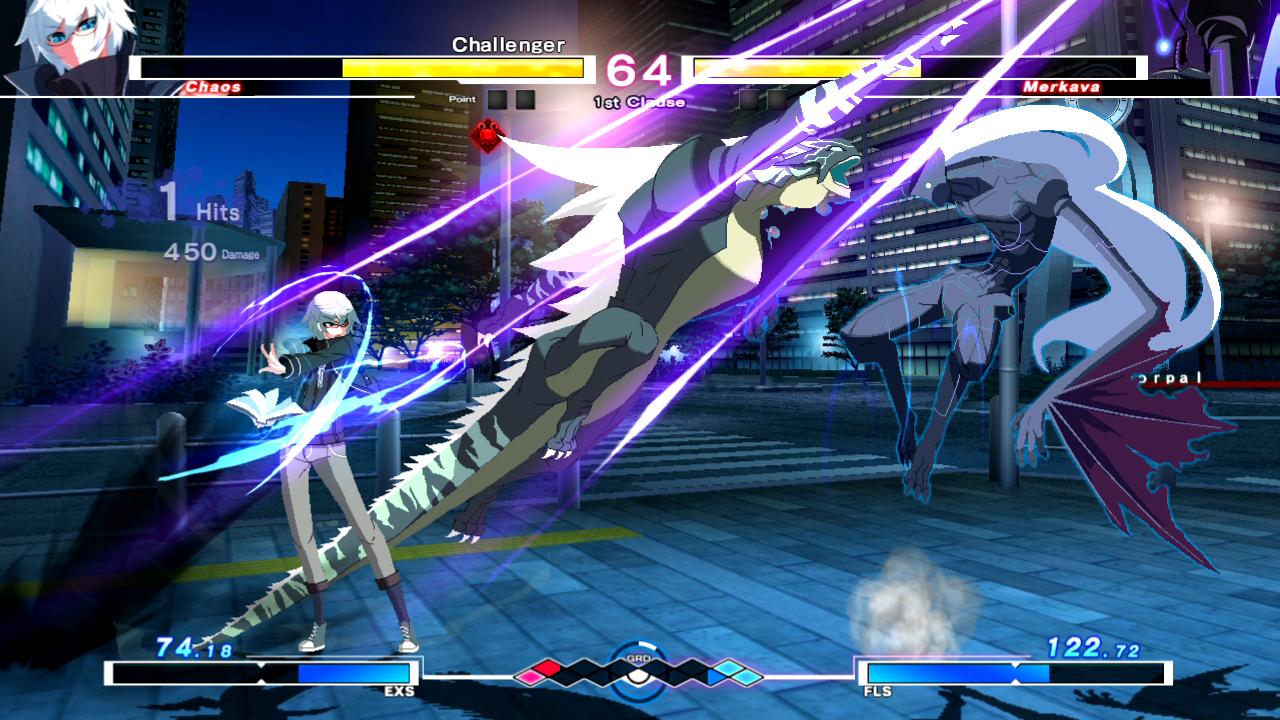
I mean, if you’ve never played UNIEL before, you have no clue what’s going on.
Where anime fighters excel is in providing a spectacle for anyone watching the game, whether they be playing or observing. I am yet to play an anime fighter where I didn’t feel like an absolute beast following a lengthy combo I’d been practicing for hours on end. You can say that about any fighting game, to be fair, but I had a better time landing one Akatsuki bread-and-butter combo in UNIEL than I did working through an entire Jax tutorial video for MKX. And a big reason I felt like that was, you guessed it, the visual reward I got for sticking that combo looked brilliant.
What looks more satisfying to the player learning the game: a series of punches and kicks that only look nominally different from each other, with a few particle effects to keep it alive, or a combo that rewards each hit with a flash of light that sends the enemy reeling towards the corner of the screen, while the character shouts full sentences of battle cries between input strings?
Anime fighters are called that because they are reminiscent of the fight scenes we’ve come to know and love from watching anime shows. The mystical swords, the strange mechanical contraptions, the supernatural powers, the sheer amount of “because Japan” oozing through games like P4AU and MVC. Even if you don’t have any idea of what’s happening on screen, it still feels exciting to watch, because you’ve seen these sorts of fights play out before, albeit in a more scripted form. Anime fighters seek to emulate the flashy, chaotic, powerful feel of the bouts we’ve seen countless times in some of our favorite shows.
The primary difference, of course, is the amount of involvement. Watching a fight in an anime show can evoke feelings of coolness, excitement, and tension. Playing an anime fighter - where the player directly influences how the fight plays out - goes further and eliminates the “glass wall” that shows have to deal with. The tense, low-health moment scrambles feel all the more rigid when the player knows that they are the ones in the situation, as opposed to a character they are watching from comparative safety.
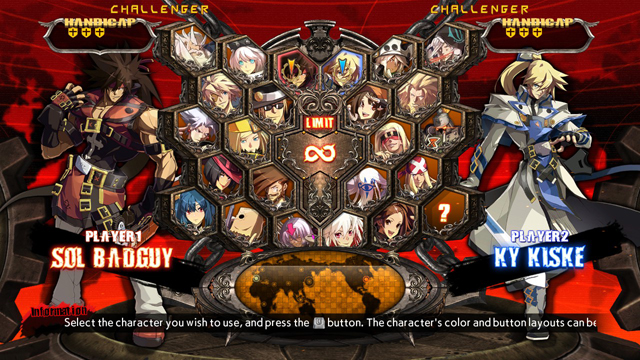
I see a girl with a pot on her head, the scarecrow from Howl’s Moving Castle, and not Alphonse Elric.
It’s the involvement that makes games so engrossing for players, and in the case of anime fighters, it serves to create the powerful, masterful feeling that comes with achieving expertise in a game. Even if the player is at a beginner skill level, they will inevitably feel like a legend after winning tight games and executing even the most rudimentary of combos.
And that’s exactly why anime fighters, as niche a genre as they are, have such huge fanbases, even among players who don’t really dabble with them that much. Players like feeling powerful. They enjoy feeling like complete badasses, and anime fighters provide the perfect setting to enable that.
It doesn’t change the fact that fighters are still incredibly hard to master for anyone who plans to take them seriously, and the skill ceiling will always be getting higher and higher as players learn more combos and techniques. But none of that is required knowledge just to play the game and feel amazing in doing so.
I mean, games are supposed to be fun, right? No matter how easy or difficult it is, gamers are always pursuing that satisfaction coming from overcoming challenges. In the case of anime fighters, that challenge is always self-improvement, and they go well out of their way to make sure the player feels every step of progress they make.
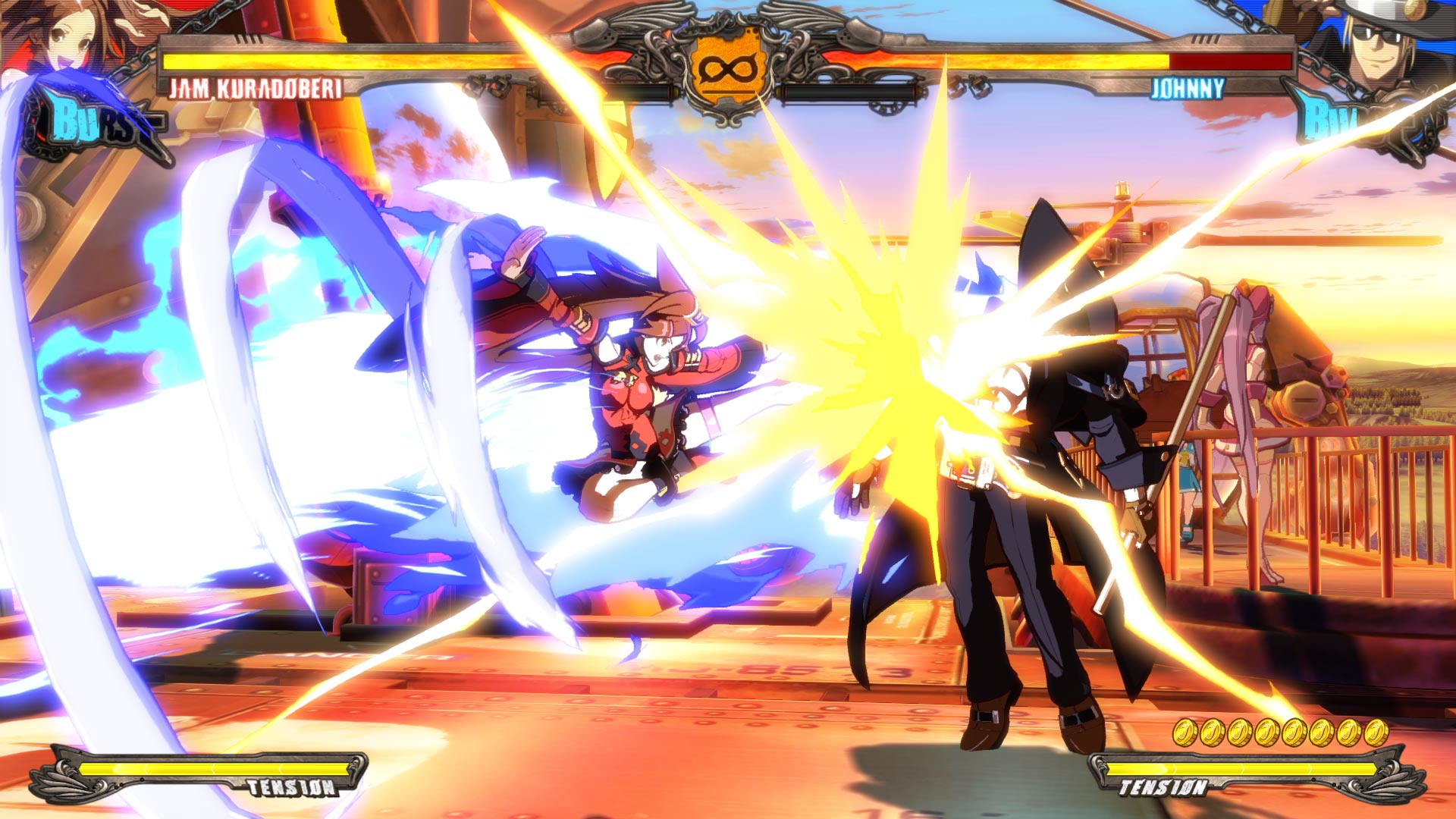
I mean, c’mon. This looks really damn fun!
Next time: An off week for classes, then…it’s time